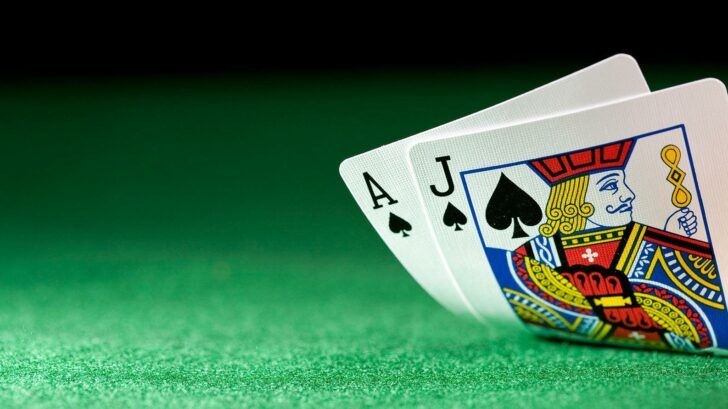From Las Vegas To Wall Street

Taking game theory out of the casino and using it in Wall Street might have seemed risky but the results speak for themselves.
The application of information theory to blackjack strategy was the brainchild of Edward O Thorp who, with help from Claude Shannon developed a wearable computer to aid with winning at roulette. That computer was based on the Kelly Criterion a formula that uses complex mathematics to gain the best result possible from a variable outcome circumstance.
Mild casino surveillance and tapping things out on a computer in your shoe might be a somewhat cloak and dagger solution to winning at roulette, and card counting certain does optimize ones chances at the blackjack tables, but these are enclosed system that have a strict number of outcomes. This applies just as much to any other system where outcomes are predictable in nature but not in actual essence.
Theories for betting used for investment
• Gambling on the stock market
• Blackjack strategy on Wall Street
• Rational decision making
The stock market (often described as a casino by the sort of people who’ve never actually been in a casino) is another fixed parameter system to which Shannon and Thorp applied the mathematics of the Kelly Criterion. Their success at the gaming tables of Las Vegas repeated in the slightly more classy environment of Wall Street.
This use of the Kelly Criterion in the stock market was perhaps the final proof that decision making was always a matter of scientific calculation and not merely the subjective realm of judgment and experience. At the time it was reputed to have made Shannon and Thorp a small fortune (or by some accounts a rather large one) and still does today.
Texas Daredevil
John Larry Kelly Jnr was a pilot during the war in the US Navy and had the reputation of being somewhat of a daredevil in the air and having the slightly odd hobby of gun-slinging which perhaps belied his Texan origins. When he joined Bell Labs his boss was Claude Shannon and the work they did together developed game and information theories still employed with ubiquity.
Kelly’s concept of a proportional betting system will be instantly recognizable to all card counters as being the basis for their strategic play at the tables, and whilst he himself never applied his theory to making himself rich it was proven by others to do so. The mathematical basis for this criterion is far more complex than mere blackjack tricks, but the idea behind it isn’t so difficult.
In any situation there it requires the gambler to maximize their capital over time rather than from each hand. So the Kelly Criterion allowed calculation of what proportion of capital should be bet upon which outcome. It even allowed the input of other factors or pieces of side information to arrive at a more accurate figure. This is all important when investing in stocks and shares because much of the information is of that ‘side’ variety.
The importance of this Kelly Criterion is that it proportions risk management based on information and expectation, where the law of large numbers can be used to gain the greatest utility from the investments made. This is particular important when there are multiple investments (or bets) being made and each is a proportional drain on the capital at hand.
Kelly’s Heroes
The Kelly Criterion was, during the sixties, cutting edge mathematical theory, but its application to the stock market was so successful, and indeed widely touted, that it has long since been subsumed by mainstream investment strategic theory. This has led to Kelly’s methods being adopted by some of the biggest players in the stock market today.
Billionaires such as Warren Buffett, Bill Gross and Jim Simons all use the Kelly Criterion, or variations thereon, to place, manage and withdraw investments as proportions of their capital based on information and entropy calculations. Buffett is reputed to have taken this to its natural zenith in the pursuit of the best investment portfolio having first met Kelly in 1968.
Elwyn Berlekamp another of the 60s MIT undergrads has applied both game theory and the Kelly Criterion to the management of money, and since the mid 80s has arrived at smart strategies that have completely rewritten the hedge fund rule book. When the trading firm he brought rewrote their future’s trading algorithms in accordance with Kelly’s theory their return for 1990 was 55%.
That fund has continued to see returns of above 30% ever since and Edward Thorp claims his funds have averaged a 20% return over the nearly thirty years he’s been applying the work of sixties students to the financial world. Shannon, Thorp and Kelly created a system of informational comparison and analysis that has dominated the world ever since.
Read more about Claude Shannon, blackjack and information theory.




